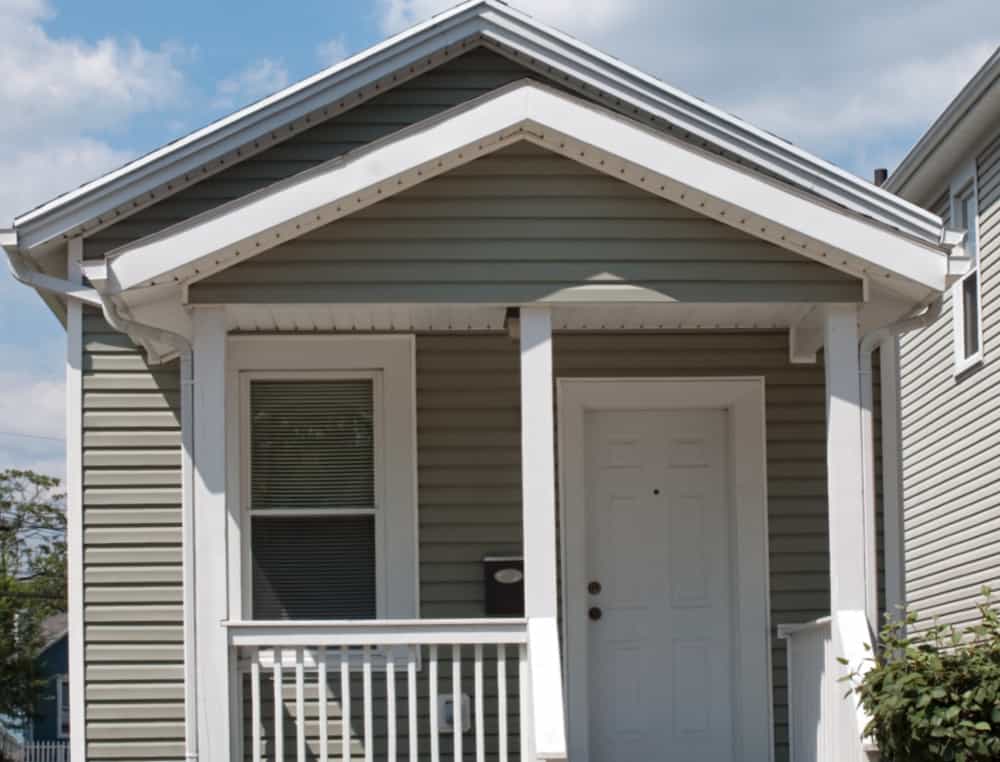Tiny homes first had their day in the sun right after the 2008 financial crisis. As people looked for more affordable ways to live, small eco-friendly structures rose in popularity. But are they still popular more than a decade later?
Tiny homes are still popular and have gained more popularity over the past year. Tiny homes offer affordable privacy for many new homeowners and retirees. Tiny home vacation rentals are also increasingly popular due to safety and privacy concerns during the pandemic.
The benefits of tiny houses are still intact, with more areas creating and updating legislation to remove some of the barriers to the lifestyle. Tiny homes have enduring popularity, especially in the United States. Read on to find out why.
Tiny Homes in the United States
The primary attraction of tiny homes for a lot of people is the affordability versus a traditional home. A tiny house’s average price is just under $60,000, whereas the average price of a traditional home is $275,000.
You could either make a downpayment on a traditional house or build a tiny house to your specific preferences for roughly the same amount of money. Over time, the traditional house will cost significantly more, especially as housing prices rise.
The energy efficiency and sustainability of tiny houses are also still important to many Americans. Tiny houses are more economical to heat and cool. They also use much less power than a traditional house, so it’s easier to power a tiny house with rooftop solar panels than a traditional house.
Where Are They Popular?
Since the early 2000s, more and more communities have started making changes to local building and zoning regulations to accommodate and support tiny houses. Maine, Texas, California, Colorado, and North Carolina all have tiny-house-friendly cities and counties.
Because of their size, tiny homes tend to be more popular in parts of the United States where land is abundant. Texas has both an abundance of landmass and notably tiny-house-friendly building and zoning regulations, while Oregon boasts towns that encourage tiny homes.
Tiny homes on wheels are also still popular. Because of their mobility, it’s harder to track where they all are in the country at any given time, but many people choose mobile tiny homes so they can follow good weather or meet their travel goals.
Who Is Buying Them?
The two biggest groups of people who are interested in tiny homes are millennials and retirees. Many millennial first-time homebuyers can’t afford a traditional house or simply don’t want one. Moving from a 500 square foot apartment into a 500 square foot home is an investment rather than a lifestyle adjustment.
On the other end of the home-buying spectrum, retirees looking to downsize are also considering tiny homes. Rather than downsize to a smaller traditional house and get stuck with another mortgage, retired people are buying tiny homes instead.
There’s also an increase in buying tiny homes as investment properties and second or vacation homes. Services like Airbnb let tiny homeowners rent out their units when they aren’t using them, making them both a retreat and another source of income.
A Rise in Tiny Rentals
Recreational and vacation home companies are increasingly using tiny homes as rentals, as these units provide the amenities, comforts, and privacy of your own home while you’re on vacation. The units are profitable for the rental companies because you can charge more for a house than a hotel room.
Using tiny homes for vacation rentals has also gained popularity during the course of the pandemic. Because the units provide you with everything you need, it’s possible to vacation in total isolation from other people. Many tiny house rentals are in more rural, natural areas, so tiny houses were an appealing option for city dwellers looking for an escape or a weekend away.
How Popular are Tiny Homes Abroad?
Tiny homes exist outside of the United States, but they aren’t gaining as much popularity in other countries. The places where these kinds of homes are popular tend to have wealthier populations and a smaller landmass than other places.
England, New Zealand, and Japan all have their own tiny house movements.
For small island nations like these, finding ways to make the most of the available living space sustainably is especially important as they have less landmass to expand into. As their populations grow, comfortably housing everyone without destroying the natural landscape becomes increasingly important.
On the other hand, small homes are the cultural norm in some countries. There isn’t a place for the tiny house movement everywhere because some places already have smaller living quarters. Crowded urban areas in much of the world already take advantage of some of the design tricks and practices that make tiny living possible and appealing.
Homes in the United States have higher average square footages than most other countries in the developed world. The tiny house movement in the U.S. is, in some ways, just catching up with the other parts of the world.
Are Tiny Homes Becoming More Popular?
In a 2020 survey, over half of the respondents indicated they would live in a tiny home. Rather than dropping off or plateauing, tiny house popularity is rising.
With increased media attention from popular television shows and pandemic-induced lifestyle changes, tiny living is reaching a wider audience and gaining momentum.
Tiny living is still a predominantly white and middle-class movement. While they are cheaper than traditional homes, they still require a significant amount of savings or access to loans to build or purchase them.
However, as more office workers are becoming remote full-time, this demographic is turning more and more towards tiny homes. You could potentially put a tiny house in your backyard as an office.
Television and Media
There are more than a dozen popular television shows in the United States and abroad about tiny homes which portray tiny living in a glamorous, exciting way that has encouraged the movement. They tend to highlight the accessibility and functionality of the homes.
These programs give insight into the movement, as well as showcasing the best of what it has to offer. Because they focus on the benefits and none of the drawbacks, they help increase the visibility and popularity of tiny living.
How the Pandemic Increased Tiny Home Popularity
The COVID-19 pandemic has made tiny living more possible, and appealing, for some people. Remote work has made it possible for a lot of middle-class office workers to choose a more mobile lifestyle, while a tiny home on wheels also offers the ability to visit far-flung family members safely, without needing to stay in hotels.
Tiny homes also offer privacy and distance from your neighbors that urban apartments don’t have. Many urban dwellers are increasingly seeing the appeal of living tiny and having access to nature and outdoor space.
The pandemic highlighted the benefits of tiny living for a whole new audience, bringing more popularity to the movement than ever before.
Conclusion
Since the rise of the tiny house movement in 2008, its popularity has continued to grow. As media attention on tiny houses grew, home prices continued to rise. When more people turned to remote work, this popularity increased. Simultaneously, the use of tiny houses as vacation homes and rental properties has also grown for many of the same reasons.
Living sustainably, affordably, and minimally are traits that are important to many Americans. As more communities adjust their building regulations and make tiny living more accessible, this popularity will only rise.
Sources
- Green Matters: What States Allow Tiny Homes?
- Shrink That Footprint: How Big is a House?
- The Conversation: Tiny Houses: Why More People Are Living Miniature
- Outdoor Troop: When Did Living in a Tiny Home Become so Popular?
- iProperty Management: Tiny Home Statistics
- IPX1031: Survey Reveals America’s Ideal Tiny Home and Tiny Office

